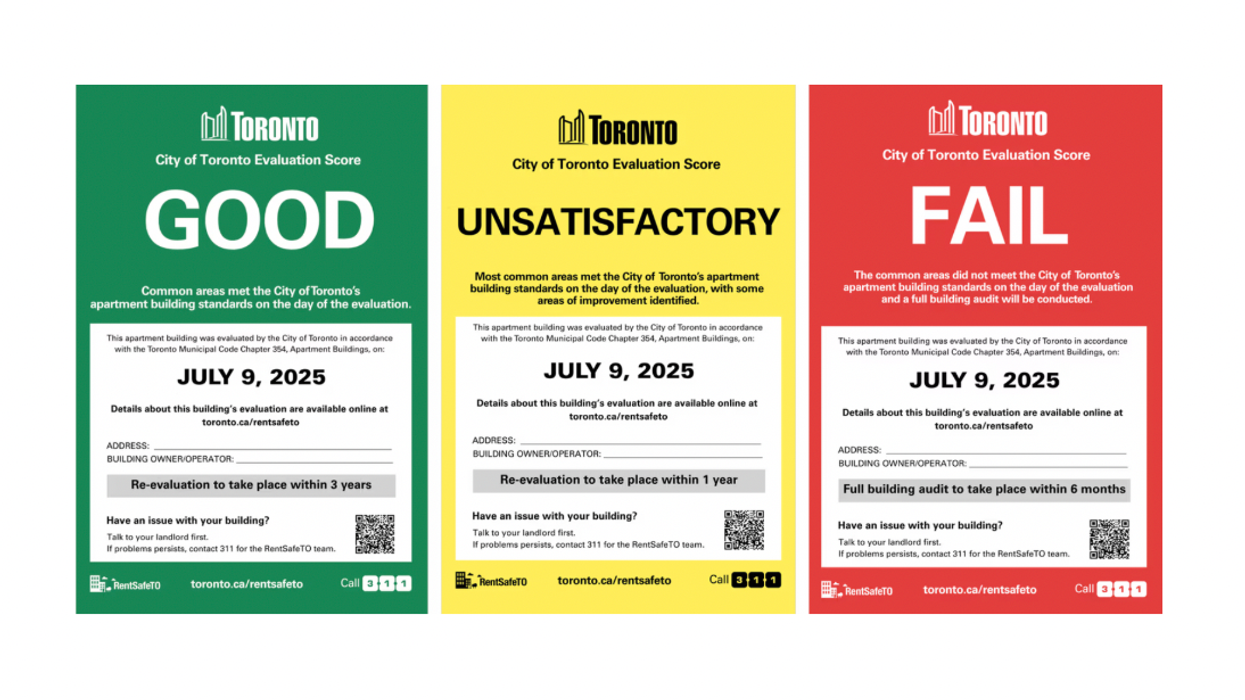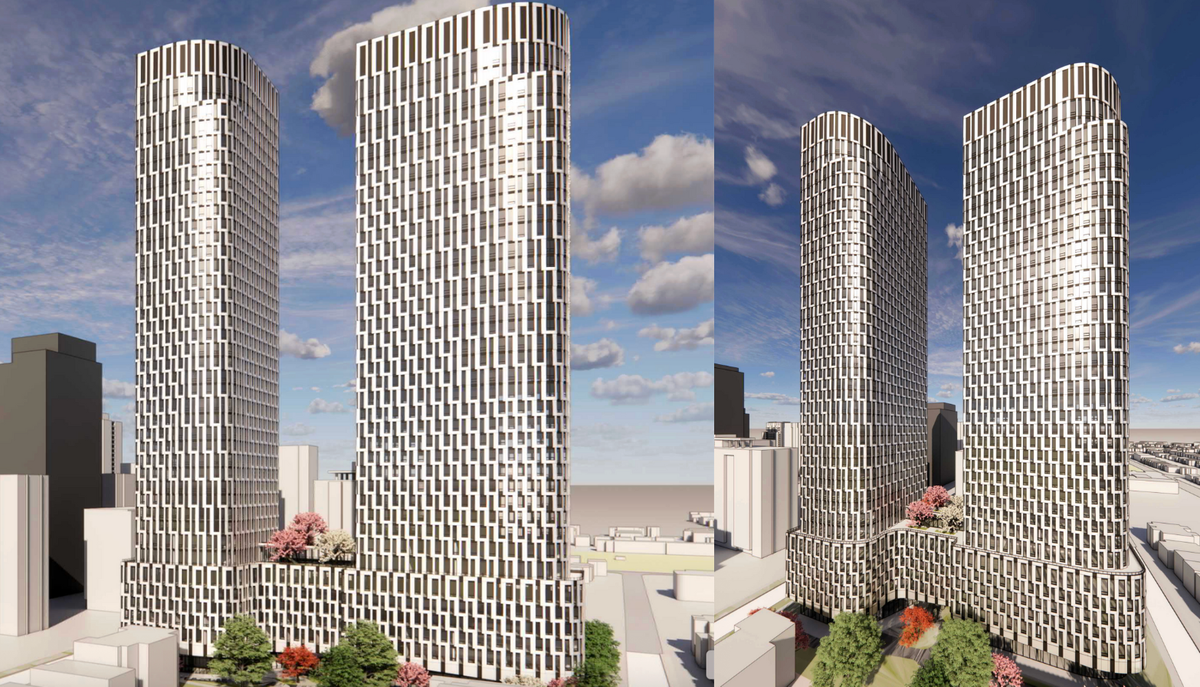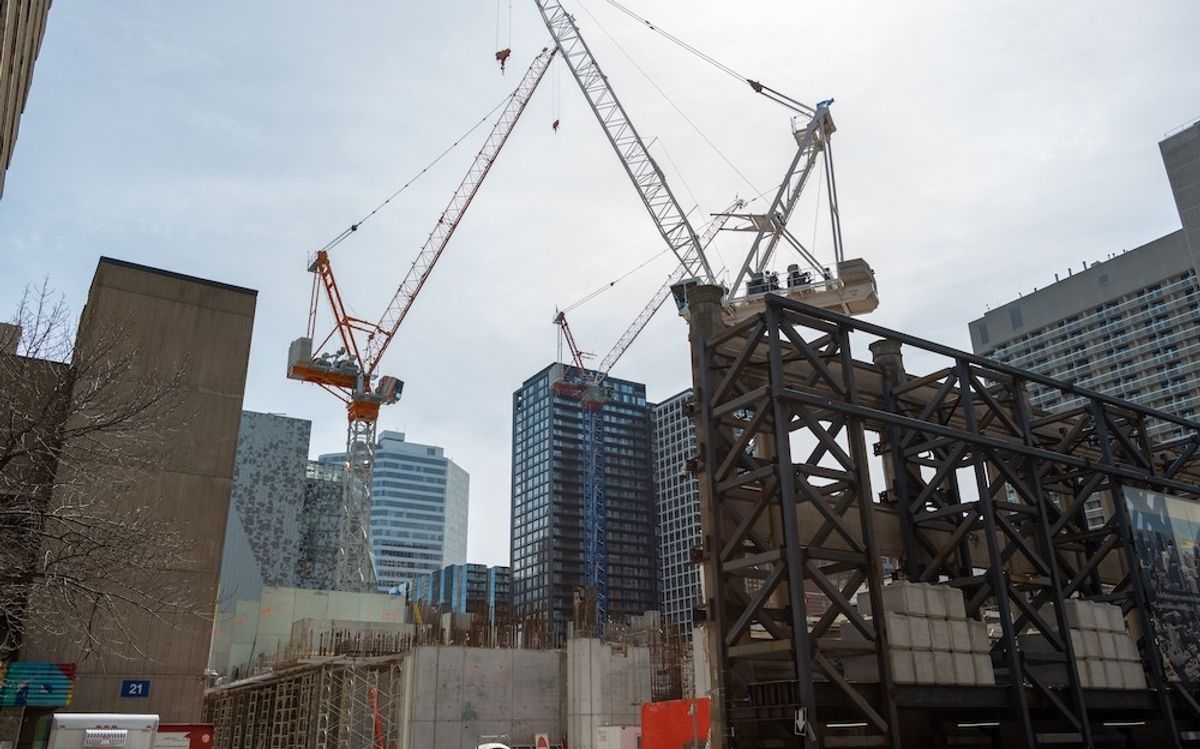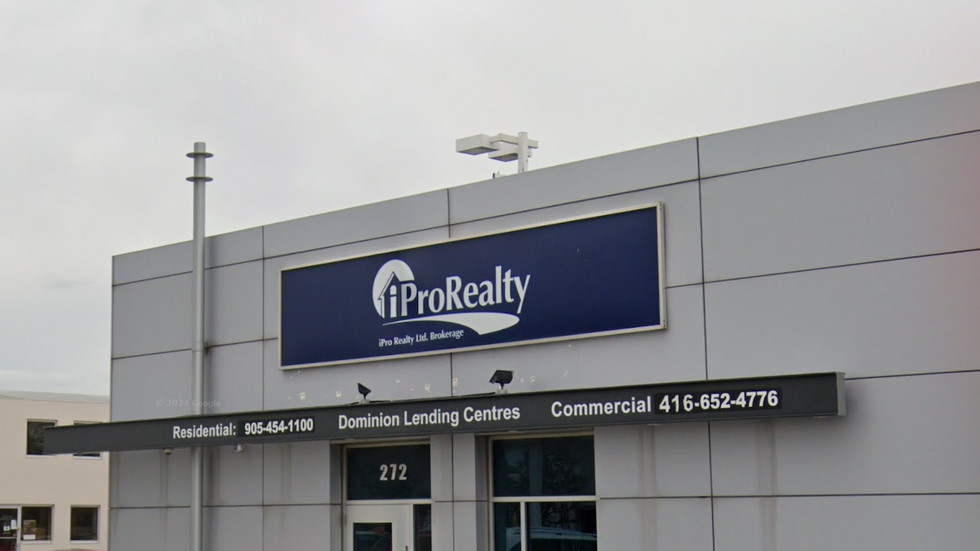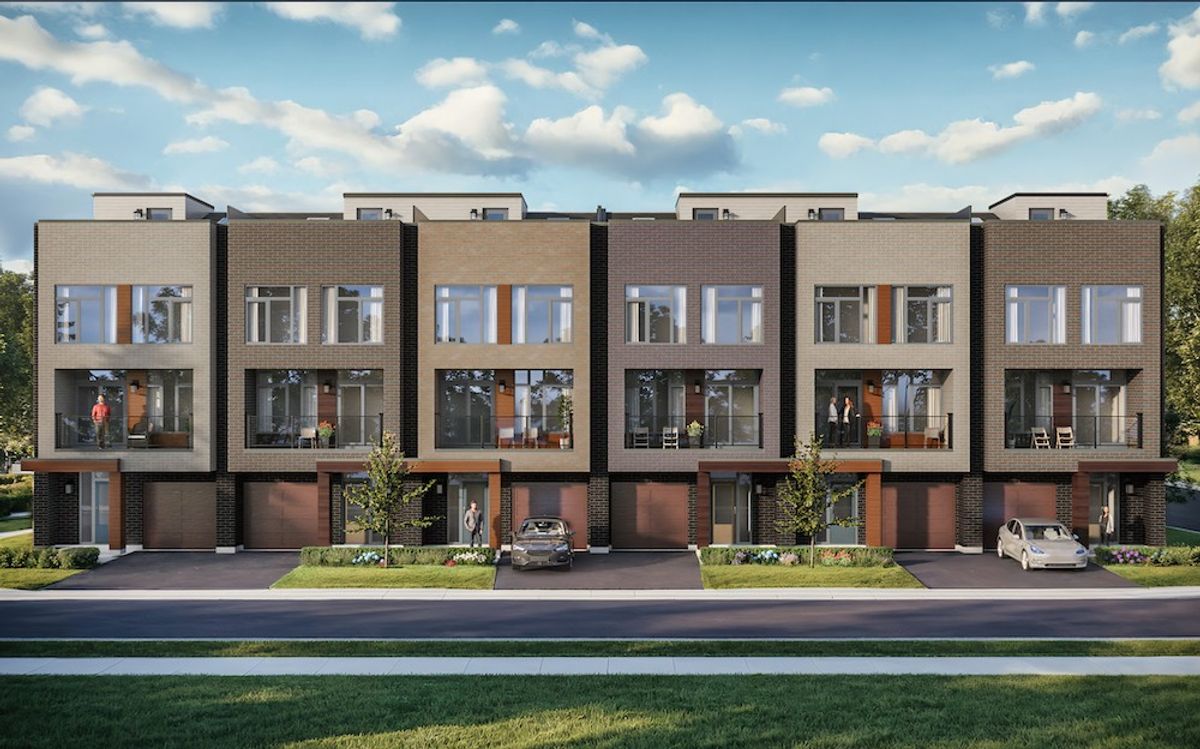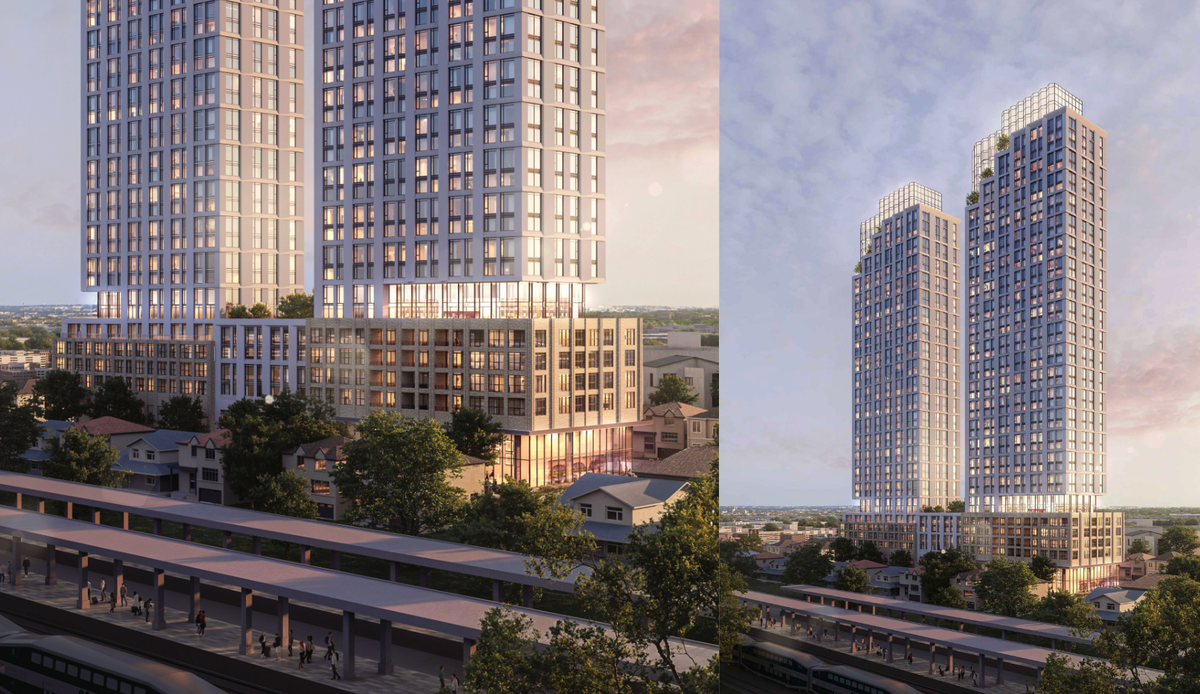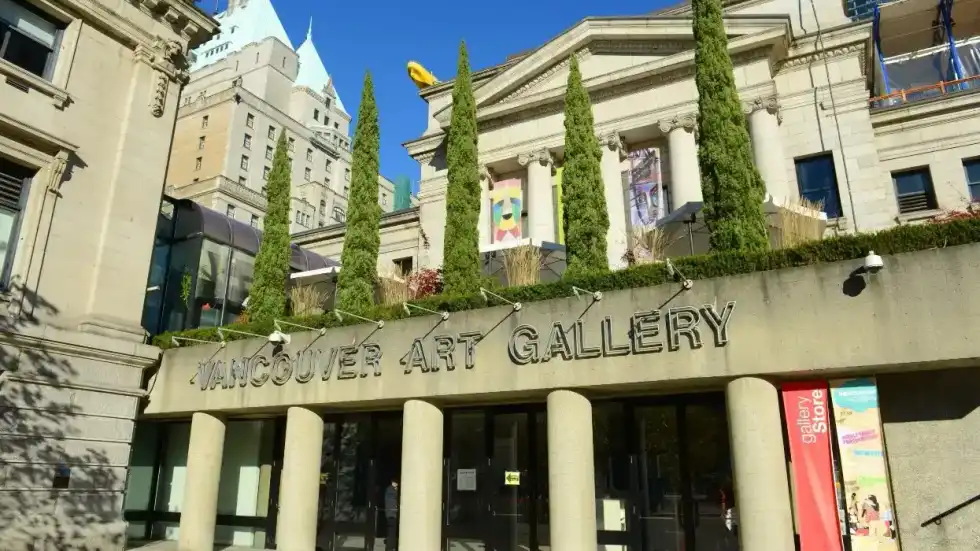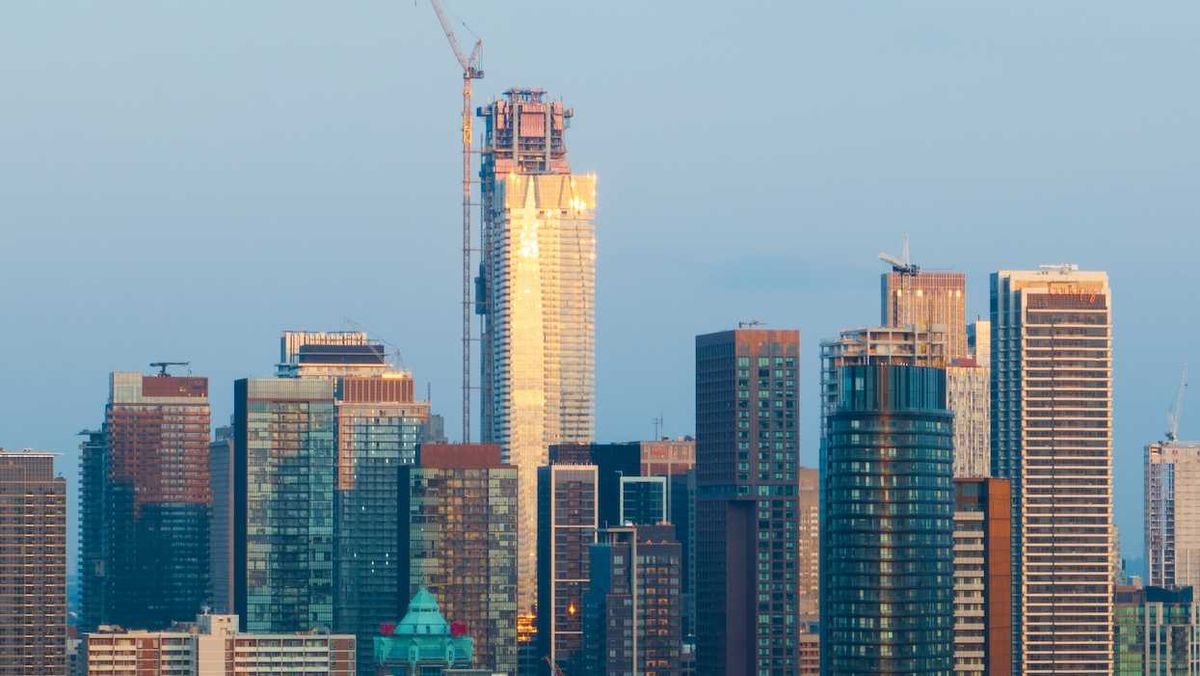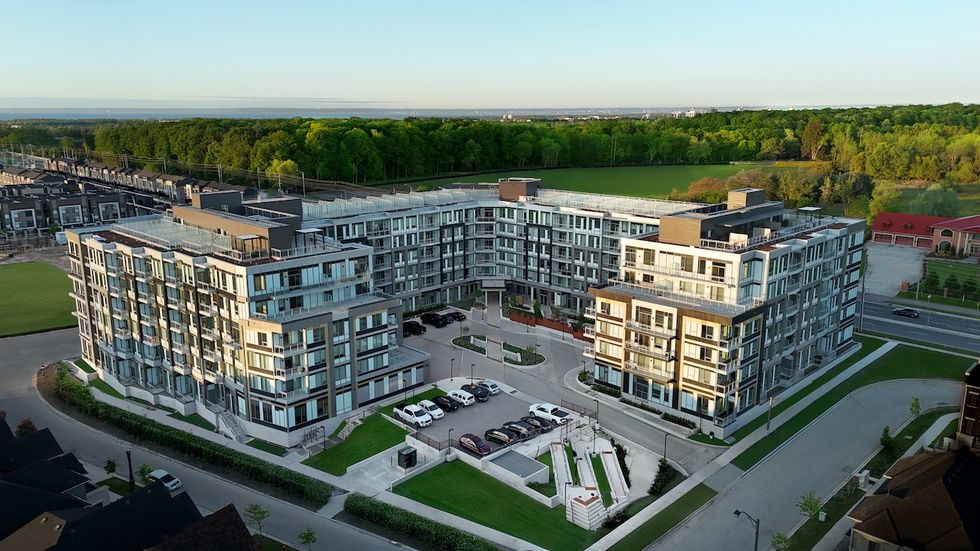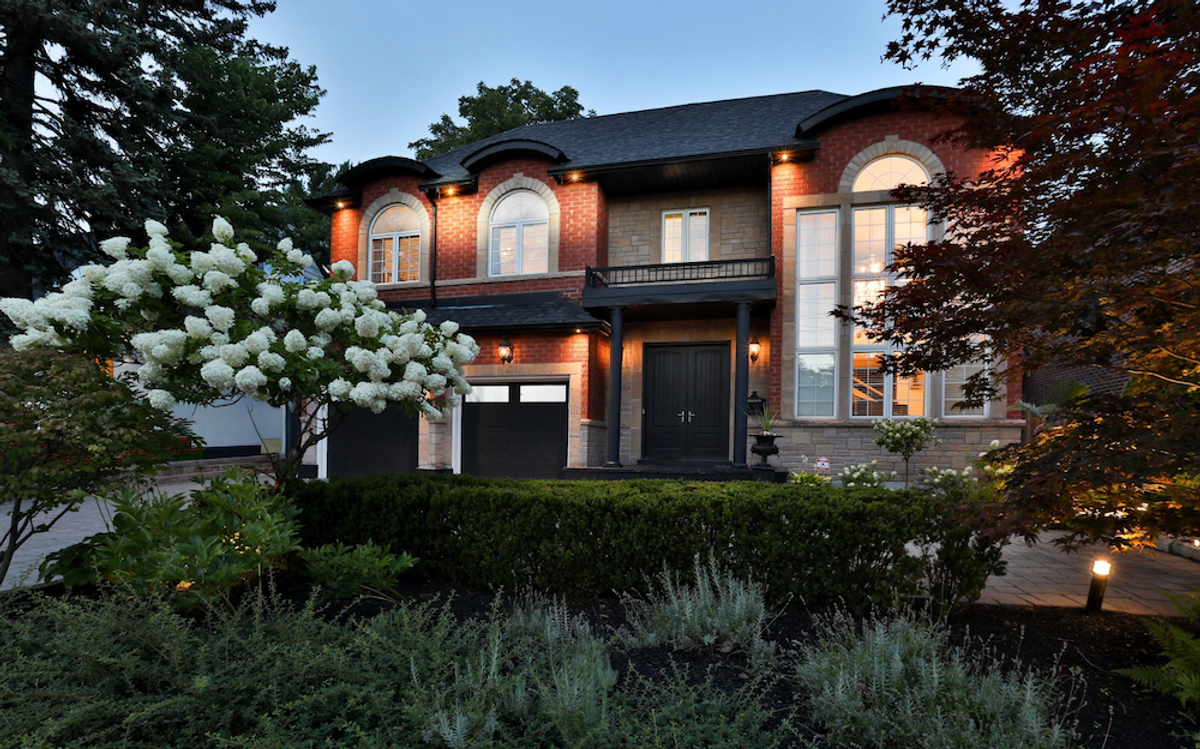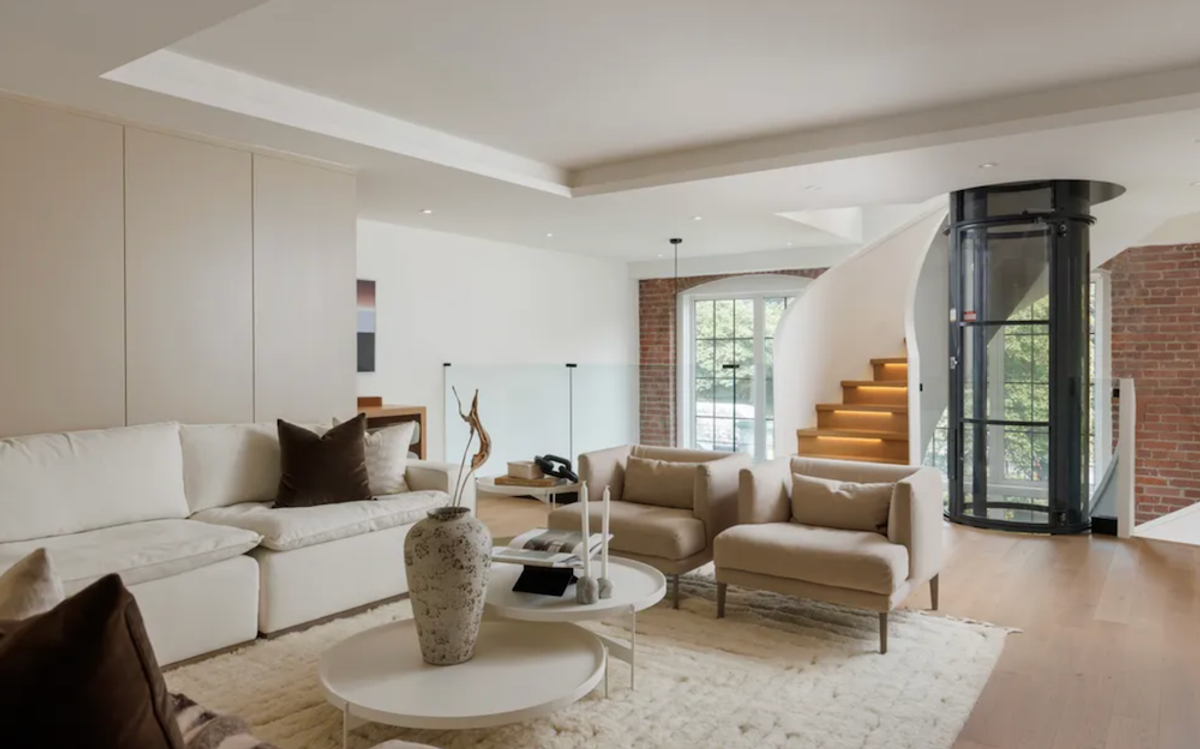At its last session, Toronto City Council unanimously approved a motion to introduce a colour-coded rating system for apartment buildings to be incorporated into RentSafeTO. The move is intended to further incentivize landlords to provide safe and clean housing to Toronto tenants and to keep tenants informed, though some say the initiative would shame both landlords and their renters.
The motion, which was put forward by Councillor Josh Matlow (Ward 12 Toronto—St. Paul's) and Mayor Olivia Chow, is based off the City's successful DineSafe program and would see apartment buildings across the city assessed for safety and cleanliness before being issued either a red, yellow, or green sign to display in their front window.
When asked if the program is intended to shame landlords into action, Matlow tells STOREYS, “It's certainly a component of it, but it's not the whole program — it's about holding landlords and the City accountable.”
On the City's account, Matlow says it's time the current RentSafe program, which was launched back in 2017, is improved upon. "I'm proud of initiating [RentSafe], but I will freely admit that it hasn't met the expectations that I had for it, nor many tenants," he says.
Under the new program, which will be fleshed out and phased in between now and July 31, 2026, changes will be made to improve the scoring system and intensify remedial action and fines against landlords who fail to meet health and safety requirements. On the scoring side of things, the motion recommended having a more appropriate weighting of scores based on the risk level of different requirements and training bylaw officers to be more consistent with their assessments.
"Right now, a lot of buildings that are in pretty crappy condition are getting passing grades by the city because they're ticking off a lot of boxes, except for the main problems that they're having," says Matlow. "You could get a passing grade if the elevators work, if the lobby is clean, et cetera — all these aesthetic things — but you may still have rats and you could still get a passing grade. I want to flip that upside down so that now, rather than giving landlords passing grades for doing the very basics that everyone should expect them to do, we actually focus on the violation itself and then address that violation and get it fixed."
In addition to reforming the scoring system, Matlow wants the City to provide more accountability to ensure remedial action is used when necessary. Under the current program, bylaw enforcement officers can make the call to have serious safety and sanitary issues fixed and landlords charged for the services after the fact, in cases where the landlord refuses to voluntarily resolve the issue. But while it used to be more common, the City has rarely used remedial action in recent years.
In a complimentary motion adopted by Council in May, Matlow asked that an annual report be provided that would include outcomes achieved by enforcement officers in cases where "Priority One" violations were reported. This includes things like loss of vital services, mould, and pests. The idea is to set up a system where the City's expectation is that bylaw enforcement use remedial action more often by providing more accountability measures.
During the last session, Matlow also moved for the adoption of Administrative Monetary Penalties, which would allow the City to levy higher fines for infractions and transfer ticketing authority from the Province to the City, as is done for speeding and traffic violations.
Of course, the most flashy change will be the implementation of the colour-coded signs themselves — a development that Varun Sriskanda, landlord advocate and Board Member at Small Ownership Landlords of Ontario (SOLO), is wary of.
"Any opportunity the City can take to shame and attack small landlords and housing providers they will take, and this is just another opportunity," he tells STOREYS. "[...] What are you hoping to gain by shaming landlords and also shaming the tenants that live in those buildings that can't afford to move from a building with a red card into a building with a green card?"
Matlow says he's heard the 'shame' argument but disagrees with it. "The only people who have suggested that there's stigma are the landlords. [...] The stigma that tenants feel, isn't from having a red sign in the window of the building. The stigma that they feel is because they have rats in their building or mold in their apartment or their appliances haven't been fixed for years," says Matlow. "I've heard from tenants who told me that they're so ashamed of their home that they don't even want to invite family or friends over because they're in such horrible conditions and no one's done anything about it."
According to Matlow, the City also conducted a survey that found 81% of tenants in Toronto support the colour-coded RentSafe signs, and that "without exception" all of the tenant advocacy groups in the city were in favour of the motion. Sriskanda says these groups are "advancing their own political goals" and lamented the fact that SOLO, which represents over 23,000 housing units in Ontario, wasn't consulted.
Sriskanda also points out that it won't be new buildings receiving red signs, it will be largely older building stock where rents are lower. He posits that many people who live in these buildings or who are apartment hunting in these buildings wont gain anything from the signs as they often have no where else to go anyways.
"If you see a red card at the front of a restaurant, you're not going to eat there, right? You're going to go somewhere else. But that's because you can afford to go somewhere else," he says. "But if you're going shopping for a rental unit, no, it doesn't help. [...] There's a ton of people in desperate, desperate need of housing [...] So you'll take anything, right? You're not going to be deterred by that red card. If it's affordable, they'll take it because it's a roof over their head."
Zooming out, Sriskanda questions the need for the revised program at all. "Many of the issues that would get you a red card [...] are already dealt with at the provincial level," he says, adding that the reform is needed on that level, not municipally.
"We need improvements at the Landlord Tenant Board [LTB) at the provincial level, because if you have a tenant now that has maintenance concerns with their landlord, they might wait up to one year. [...] If you had landlords that were brought to hearings within 30 days every time there was a maintenance concern at one of their units, landlords would be on top of repairs."
But rather than rely solely on the long backed-up Provincial LTB, Matlow, Chow, and supporting councillors see the reforms to the RentSafe program as a way for the City take more accountability at the municipal level by upping the ante for landlords with intensified remedial action, a better scoring system, and a touch of shame.
